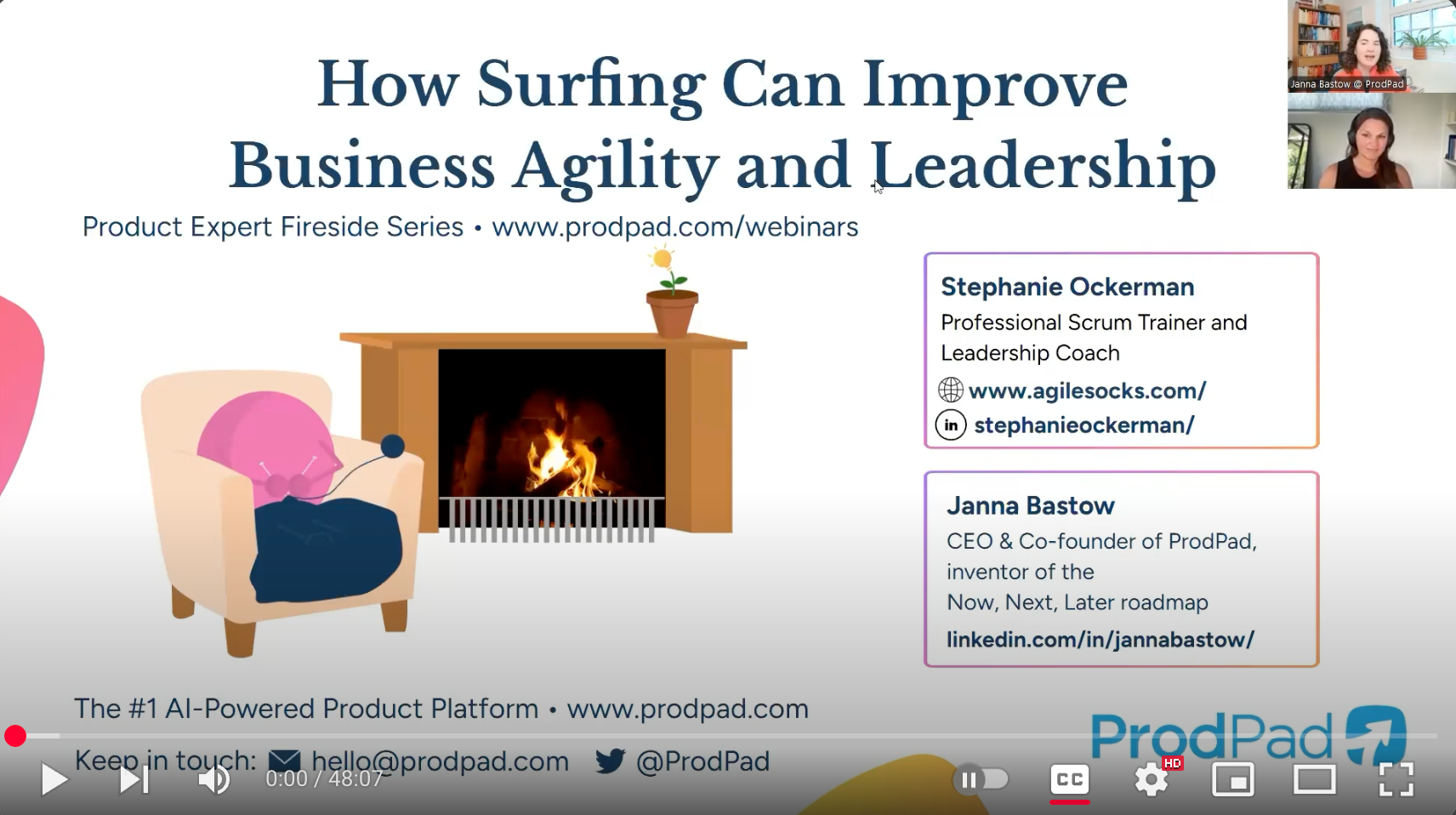
This is part of a series of posts about servant leadership to influence change and inspire greatness. My goal is to make servant leadership more understandable and actionable for everyone regardless of position, title, or status. Because this is the only way to create meaningful change in our complex world. Instead of feeding into division, fear, and disempowerment, we will lead by inspiring, enabling, and empowering.
Now that we’ve covered the essentials of self-organization and intrinsic motivation, let’s dive into how you make decisions that enable and empower others.
There is no recipe to follow. There is no map to navigate. You need a compass because your actions must be based on your specific context at a specific moment in time.
What does this person or team need right now to feel empowered?
What does this person or team need to learn right now in order to grow more capable?
Before we dive in, ground yourself in truly BEING a servant-leader. Remember this means that you measure YOUR success by the growth and success of OTHERS.
And helping others become more empowered and enabled is one step in this journey.
We know that we must restrain from solving problems on behalf of others when our goal is for them to learn, grow, and take greater responsibility.
Imagine a compass with the following navigation points around the face:
Now consider a difficult situation you have right now. It could involve work, an organization you volunteer with, a community association you are involved in, or even your family and friends.
Is this a time to teach concepts or skills?
Teaching is in service of others, and people learn best through experience rather than lecture.
As an example, when I work with Scrum Teams, they sometimes need me to teach them concepts and techniques. I do this when they don’t yet have the knowledge or experience, and they need my support in getting some. This enables them to take ownership of an aspect of their work.
As a servant-leader, maybe you are doing the teaching. Or maybe you support them by lining up formal training from experts.
Is this a time I need to facilitate?
Facilitation is about creating space for others to fill with their ideas and insights and create their own decisions rather than “running a meeting.” Yes, facilitation happens in a meeting, but it’s about much more than driving through an agenda. Lyssa Adkins refers to this as creating the “container” in her book Coaching Agile Teams.
Do they have physical space conducive to collaboration, visualization, and creativity? Do they have space to think and work, free from distractions? Do they have space for experimentation, failure, learning, and growth?
As an example, when I work with organizations who want to enable business agility, I facilitate collaborative working sessions that help them create clarity around where they are, where they want to go, and steps they want to take to get there. Successful facilitation requires that people can openly collaborate, share ideas, challenge ideas, be creative, and make consensus-based decisions.
Is this a time to point north?
This is using the idea of a “North Star” for guidance. As a servant-leader, you point north to reinforce values, vision, and principles. This provides a simple reminder to let those things guide a person or team’s decisions. It involves a light touch and then stepping back.
This is often helped by having a strong foundation.
Is this a time to coach?
Help people connect to what’s important to them and what they want, break through limiting beliefs, and explore new perspectives.
As an example, when working with groups who are struggling to deal with conflicting approaches to a problem, I often employ coaching techniques. I ask questions that help them understand and appreciate each other’s perspectives, assess how the different ideas do and do not align to the desired outcomes, and even get creative to think beyond what is assumed to be possible to find even better solutions. I help them find their way to action and to take responsibility for their actions and outcomes.
(Read more about the Power of Coaching.)
Is this a time to take action to remove barriers beyond the team’s control or to intervene for the safety of the team?
For example, if an organizational process is causing a lot of extra effort without meaningful benefits gained, servant-leaders help remove those barriers.
You may also need to intervene to protect the team and the empirical process in the event of unhealthy escalating conflict.
Is this a time to intentionally do nothing?
They have the knowledge and tools they need to make a decision and execute on it. Doing nothing is a sign that you trust them, and they get to fully own their work and learn from the experience. Rely on boundaries, accountabilities, shared goals, and intrinsic motivation.
Here are a few questions I use to help guide myself and to coach other servant-leaders in navigating these choices:
As you answer these questions, remember that it’s not about you. It’s about them. (More to come on this). Let go of your own status and ego. And consider both the short-term and long-term implications of your choice for empowering and enabling others.
Remember anyone can be a servant-leader. Whether you are a Scrum Master, a member of any team, a manager, or a leader in the community, servant leadership helps you always consider how your actions can empower and enable others.



AGILE SOCKS is a registered trademark of Agile Socks LLC. Other marks used herein are the property of their respective owners. For more information see Trademark Notice in Terms & Conditions.